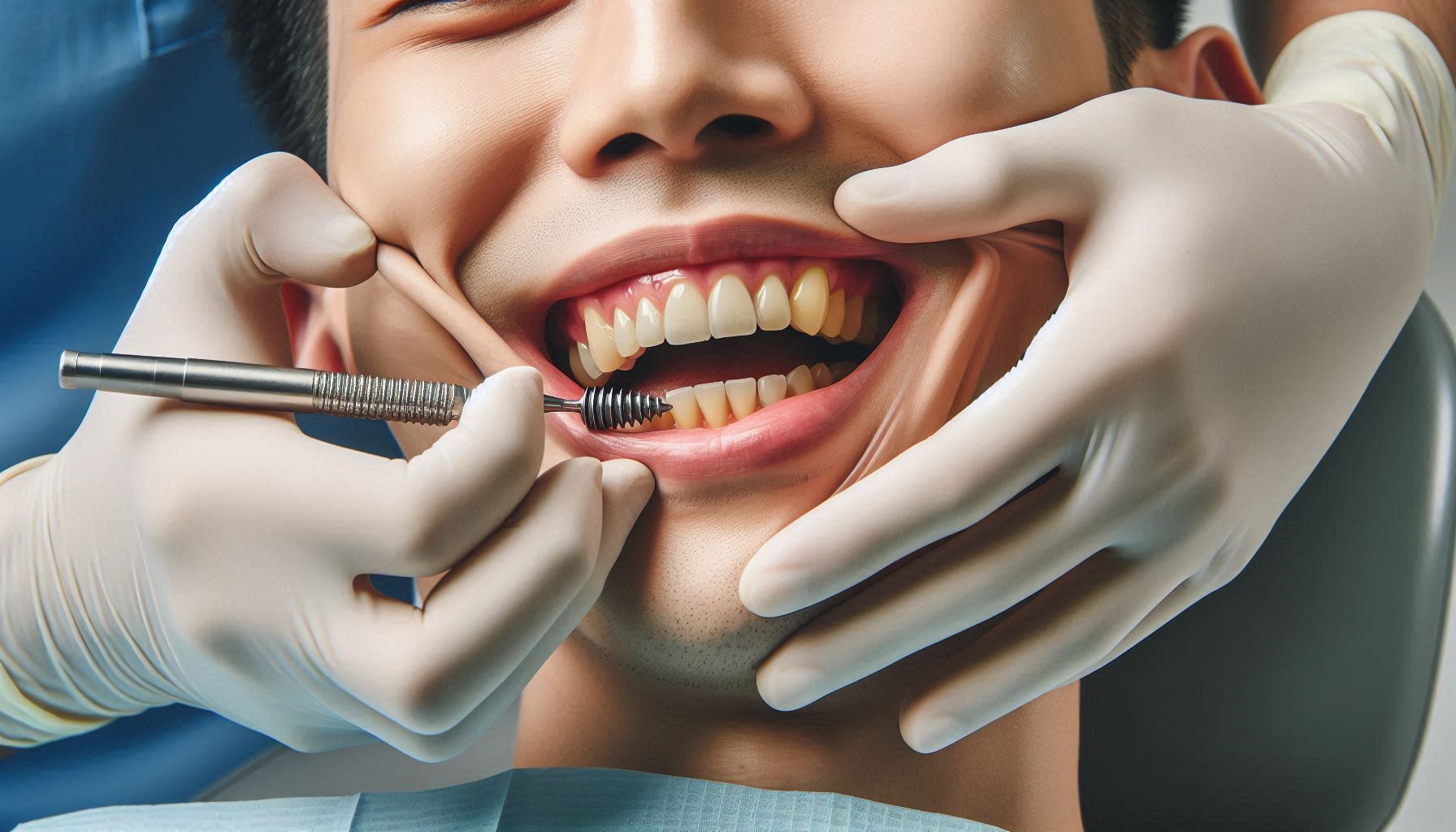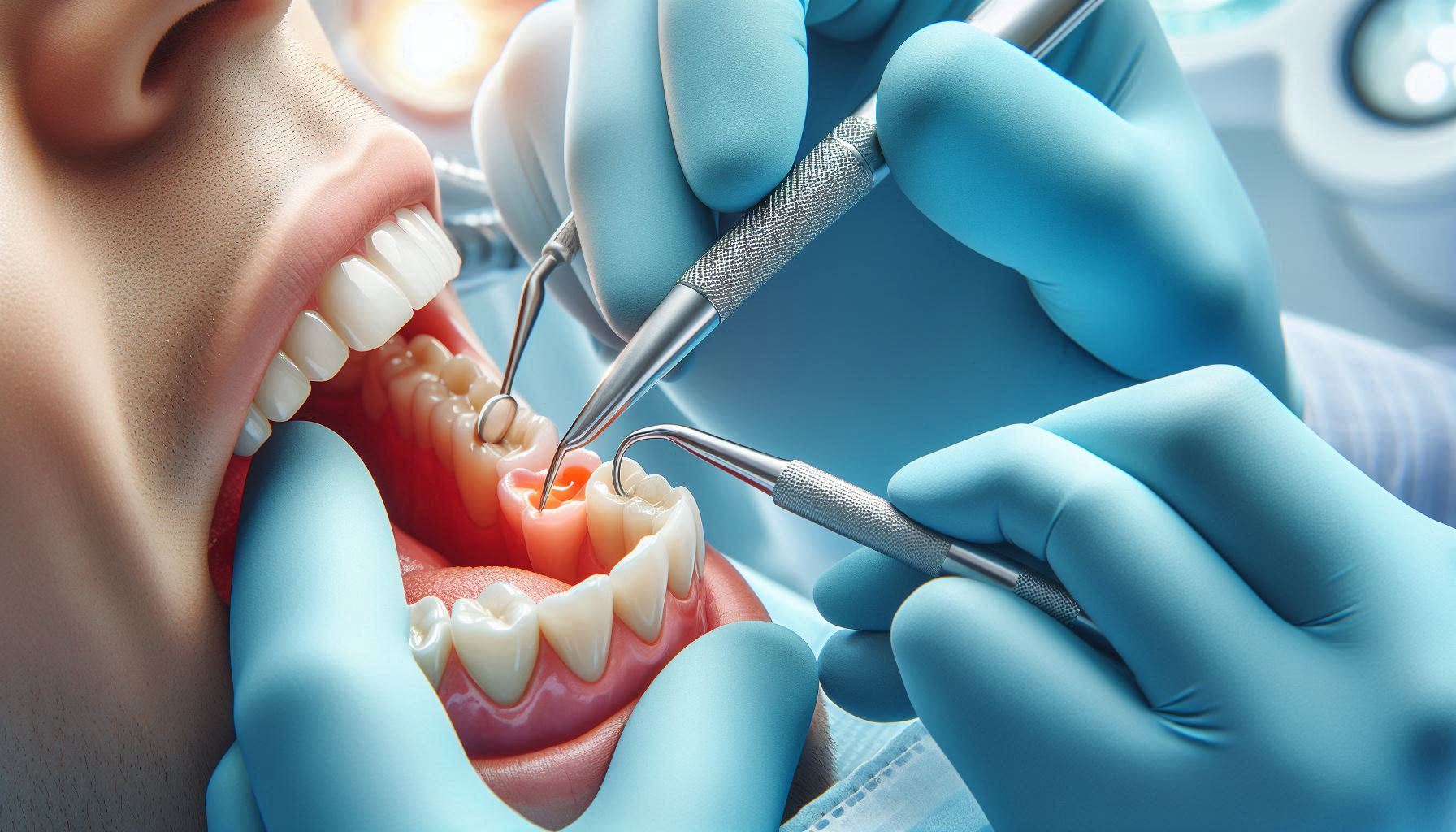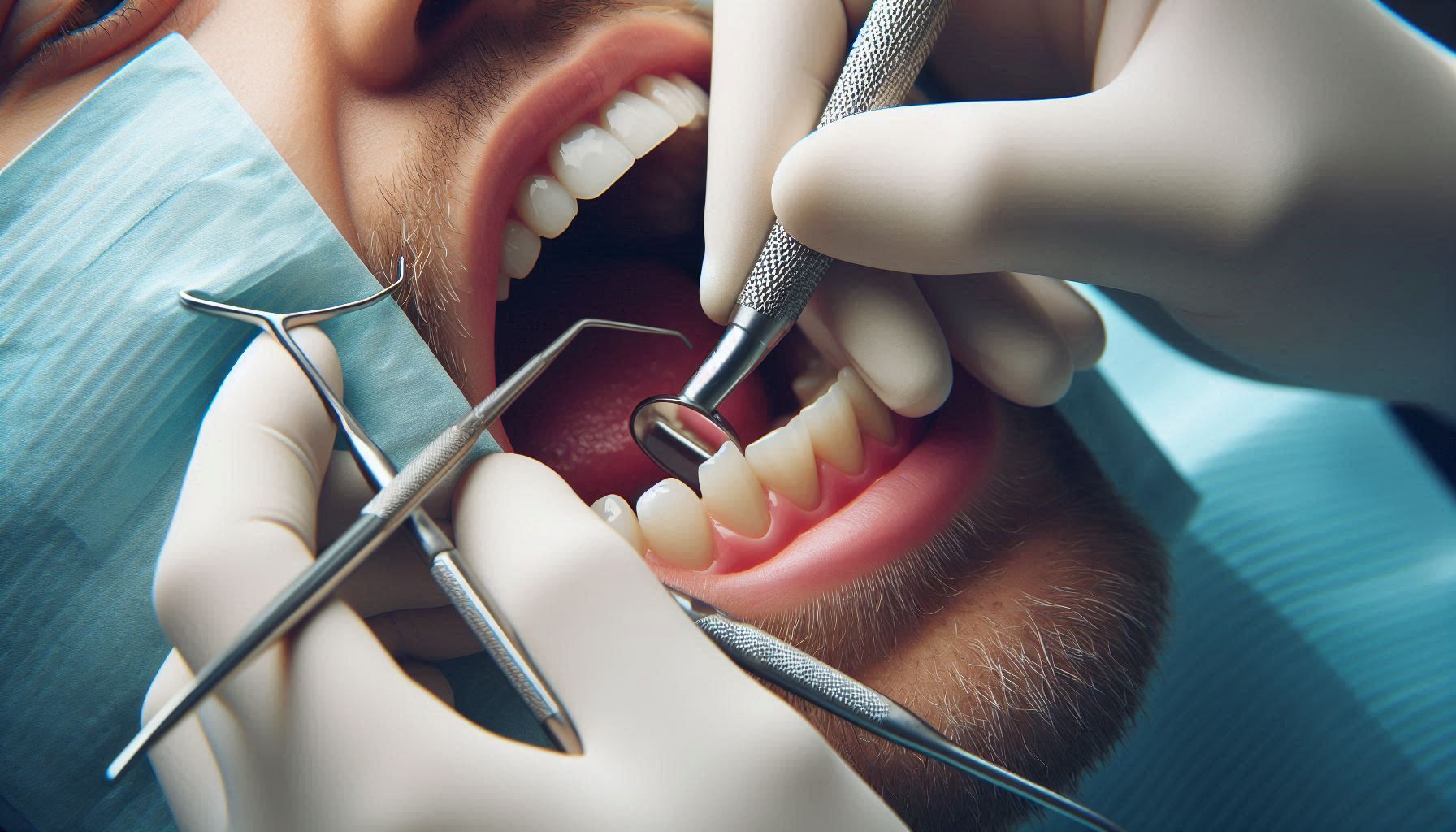Dental implants are one of the most advanced and effective solutions for replacing missing or severely damaged teeth. Unlike traditional dentures or bridges, dental implants are designed to function just like natural teeth, offering a permanent and aesthetically pleasing solution for restoring your smile. If you’re considering dental implants, this article will provide you with a comprehensive overview of what they are, how they work, and the benefits they offer.
What Are Dental Implants?
A dental implant is a small titanium post that is surgically placed into the jawbone to replace the root of a missing tooth. Over time, the implant integrates with the bone in a process called osseointegration, creating a stable and durable foundation for a replacement tooth or crown. This makes dental implants one of the most reliable, long-lasting solutions for missing teeth.
Dental implants consist of three main components:
- The Implant Post: A titanium screw that is placed into the jawbone, acting as a root for the replacement tooth.
- The Abutment: A small connector piece that is placed on top of the implant post. It serves as the attachment point for the replacement tooth or crown.
- The Restoration (Crown or Bridge): A custom-made tooth that is attached to the abutment, designed to match the color, shape, and size of your natural teeth.
Why Choose Dental Implants?
Dental implants offer several advantages over other tooth replacement options, such as bridges or dentures. Here are some reasons why implants may be the right choice for you:
- Improved Functionality and Comfort: Implants are securely anchored in the jawbone, making them feel and function like natural teeth. Unlike removable dentures, dental implants stay in place, allowing you to eat, speak, and smile without worry.
- Long-Term Durability: With proper care, dental implants can last a lifetime. They are highly resistant to wear and tear, making them a cost-effective solution in the long run.
- Prevention of Bone Loss: When a tooth is missing, the jawbone in that area can start to deteriorate over time. The titanium implant stimulates the bone, preventing bone loss and maintaining the integrity of your facial structure.
- Aesthetic Benefits: Dental implants are custom-designed to blend seamlessly with your natural teeth. Whether you need a single tooth or multiple implants, they can enhance the appearance of your smile and restore your confidence.
- No Impact on Adjacent Teeth: Unlike bridges, which require the adjacent teeth to be filed down, implants do not affect the surrounding teeth. This means your other healthy teeth remain intact.
The Dental Implant Procedure: Step by Step
The process of getting dental implants typically involves several steps and may take several months to complete. Here’s what you can expect during the procedure:
1. Initial Consultation and Planning:
- During your first visit, your dentist will conduct a thorough examination, including X-rays or 3D scans, to assess the condition of your jawbone and determine if you are a suitable candidate for implants.
- If your jawbone is insufficient, your dentist may recommend a bone graft procedure before proceeding with the implant surgery.
2. Placement of the Implant Post:
- The dental implant is placed into the jawbone through a surgical procedure under local anesthesia. This step typically takes one to two hours, depending on the number of implants being placed.
- After the implant is placed, you will need to allow several months for the implant to fuse with the bone (osseointegration). This is critical for the long-term success of the implant.
3. Attaching the Abutment:
- Once the implant has fully integrated with the bone, your dentist will place the abutment, which connects the implant post to the replacement tooth or crown. This is typically done in a quick, minimally invasive procedure.
4. Placement of the Restoration:
- After the abutment is in place, a custom-made crown (or bridge, if multiple teeth are being replaced) is attached to the abutment. The crown is designed to match the shape and color of your natural teeth, ensuring a seamless and natural appearance.
Benefits of Dental Implants
- Permanent and Secure: Dental implants are permanent fixtures, unlike dentures that need to be removed for cleaning. Once the implant is placed, it stays securely in place, allowing you to live confidently.
- Improved Appearance: Implants look and feel like natural teeth, enhancing your appearance and self-confidence. You can smile, speak, and eat without worrying about your teeth shifting or falling out.
- Restored Chewing Function: Unlike dentures, which can sometimes slip or cause discomfort while chewing, dental implants restore full chewing power, allowing you to eat the foods you love without restriction.
- Prevention of Tooth Movement: When a tooth is lost, the remaining teeth may shift or tilt into the gap. Dental implants prevent this from happening by filling the gap and maintaining the alignment of your teeth.
- Improved Speech: Missing teeth, especially in the front of your mouth, can affect your ability to speak clearly. Dental implants restore proper tooth placement, helping you speak more naturally and confidently.
- Better Oral Health: Implants help maintain the health of your surrounding teeth by preventing bone loss and the need to alter adjacent teeth. Additionally, they are easy to care for with regular brushing and flossing.
Are You a Candidate for Dental Implants?
Dental implants are a versatile and highly effective solution for many people, but not everyone is a suitable candidate. Ideal candidates for dental implants should:
- Have sufficient healthy bone in the jaw to support the implant.
- Be in good general health and free from conditions that could hinder healing.
- Be committed to maintaining good oral hygiene and attending follow-up appointments.
- Be free from gum disease, which can affect the success of the implant.
If you have been missing teeth for a long time and have experienced bone loss, your dentist may recommend a bone graft to ensure there is enough bone for the implant.
Aftercare for Dental Implants:
While dental implants are durable and long-lasting, it’s essential to follow proper aftercare instructions to ensure their success:
- Maintain Good Oral Hygiene: Brush and floss your implants regularly, just as you would with natural teeth. Consider using a soft-bristled toothbrush and non-abrasive toothpaste to protect the restoration.
- Avoid Chewing on Hard Objects: While dental implants are strong, avoid chewing on hard objects like ice or hard candy, which can damage the implant or restoration.
- Regular Dental Check-ups: Visit your dentist regularly for check-ups to ensure your implants are in good condition and monitor your overall oral health.
Conclusion
Dental implants provide a safe, long-term solution for replacing missing teeth. With their ability to restore the natural function and appearance of your teeth, dental implants offer significant advantages over traditional tooth replacement options. Whether you’re missing a single tooth or need multiple implants, dental implants can help restore your smile, improve your oral health, and boost your self-confidence.
If you’re considering dental implants, consult with a skilled and experienced dentist to learn more about your options and the best treatment plan for you. With dental implants, you can enjoy a lifetime of beautiful, healthy smiles.




